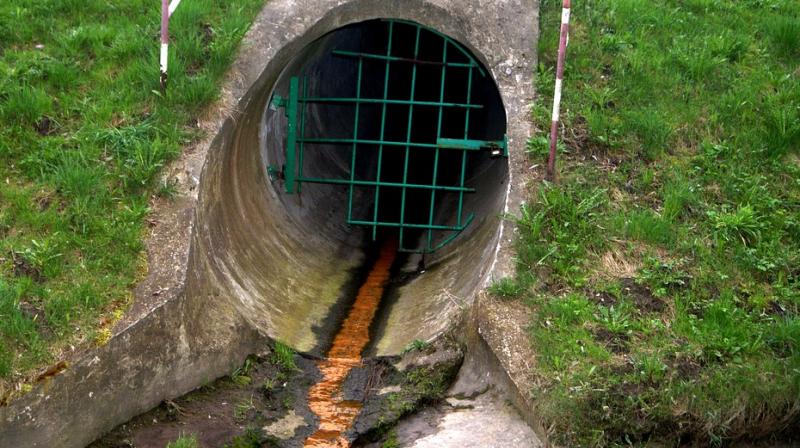Water body contamination reaches dangerous levels

Pollution of water bodies around the world has reached a peak. From the Thames to the Tigris, rivers everywhere are awash with dangerously high levels of antibiotics, showed a global study.
Due to antibiotic pollution, the bacteria have developed resistance to several life-saving medicines. As a result, the antibiotics are slowly becoming ineffective against deadly diseases in the human body. “The resistant genes in the human pathogens originate from environmental bacteria,” said William Gaze, professor at the University of Exeter.
The UN has announced that the rise of antibiotic-resistant bacteria is a global health emergency and it could kill over 10 million people by 2050. “It’s quite scary and depressing. We could have large parts of the environment that have got antibiotics at levels high enough to affect resistance,” said Alistair Boxall, an environmental scientist at the University of York to The Guardian.
The drugs find their way into water bodies through human and animal waste. Leakages from treatment plants and drug manufacturing facilities have also contributed to the pollution. This pollution is rampant in even the world’s most famous rivers like the Thames. This contamination has been deemed critical as it can cause serious infections. And as the contamination has reached dangerous levels, the resistance is more likely to develop and spread.
Samples were taken from the Danube, Europe’s second largest and most polluted river. The water showed presence of antibiotics like clarithromycin four times above safe levels. Moreover, eight per cent of the sites tested showed that the contamination was above safe levels.
The Thames, generally regarded as one of Europe’s cleanest rivers, was contaminated, along with some of its tributaries, by a mixture of five antibiotics. One site on the river and three on its tributaries were polluted above safe levels. Ciprofloxacin, which treats infections of the skin and urinary tract, peaked at more than three times safe levels.
Low levels of contamination can also be dangerous. “Even the low concentrations seen in Europe can drive the evolution of resistance and increase the likelihood that resistance genes transfer to human pathogens,” said Gaze.
The study also showed that lower income countries recorded higher antibiotic concentration levels in rivers, especially in Africa and some areas of Asia. Bangladesh was the worst affected where metronidazole was found 300 times higher than the safe levels. This happens are lower income countries lack the technology to treat the waste water from factories.
“Improving the safe management of health and hygiene services in low-income countries is critical in the fight against antimicrobial resistance,” said Helen Hamilton, an analyst at UK-based charity Water Aid.
The study is further aiming to explore how this antibiotic contamination affects the aspects of the environment such as wildlife like fish, invertebrates and algae.

